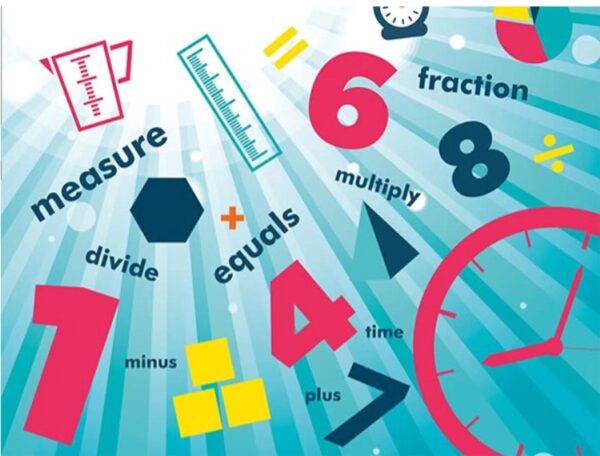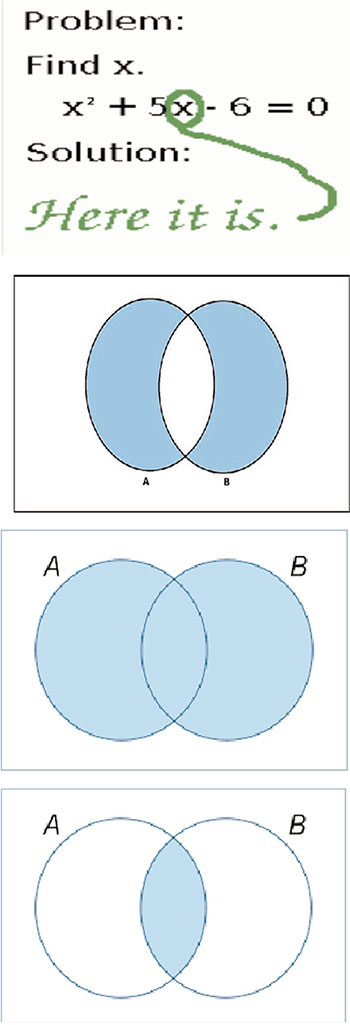
Source:Island
“Which subject did you have most difficulties with, having switched the medium of instruction from Sinhala to English?” I posed this question to a Sri Lankan student who was following a pre-University course in an educational institution in Hong Kong, having completed studies up to the GCE Ordinary Level programme in the Sinhala medium in a leading girls’ school in Colombo. “It is definitely mathematics,” she replied. Having served as a teacher for a long period of time at this educational institution with students from over 80 countries, I realised the above-mentioned view was shared by other students, too, who had to change the medium of instruction to English. This does not seem to make sense as one would have expected mathematics to be the easiest subject to follow as it has its own symbolic language. Why then has this situation arisen?
I would like to separate these difficulties into two categories:
1. Hastiness due to mindset
2. Vocabulary issues
Sometimes hastiness can automatically occur due to the mindset that mathematics should be easy to follow even if you change the medium of instruction as you are dealing with symbols. This attitude can cause enormous problems as students may skip instructions or avoid reading the question fully and concentrate only on the symbolic part of the problem
As an example, consider the following question.
The graphs of lines 3y = 5x + 1 and 2y = 7 – 3x intersect at point P. Find the coordinates of P.
Seeing the word ‘graphs’ and the two equations, a student maybe tempted to draw the graphs of the two lines and thereby find the point of intersection, which is a time-consuming affair. If it was read properly, the student could have noticed that the solution can be obtained by solving the two equations algebraically, which is much more efficient.
To a fast reader, obtaining the correct answer to the following question can be a problem as it may end up with just finding the value of x.
If 2x+3 = 5x-3, find the value of 2x+3.
The students need to be trained to read the question fully and understand what is required to be done, before attempting it.
 The time spent to grasp the aim of the question is not wasted time.
The time spent to grasp the aim of the question is not wasted time.
Many children consider mathematics as an alien language consisting of symbols and expressions. Most of the difficulties that students encounter is related to vocabulary. The mathematical interpretation of the meaning of a word may differ from the meaning given to it in the English language. The word ‘find’ in mathematics means to obtain an answer showing the working while in the English language, it refers to discover or search. The following sketch shows the funny side of this difference.
Two of the words that has caused much confusion are ‘or’ and ‘and’.
In general usage, A or B is considered as either A or B but not both, as shown in picture.
However, in mathematics ‘A or B’ means ‘it can belong to A or B including intersection’. This is shown in picture.
The above, in normal usage is interpreted as ‘A and B’. However, in mathematics A and B refers to only what is common to A and B as shown in picture.
Here are the mathematical meanings of some of the other words which can have a different meaning with the English language definitions.
Determine
– Obtain the only possible answer
Plot
– Mark the position of points on a diagram
Write down
– Obtain the answer (Working need not be shown)
Constant
– A number that does not change
Similar
– Having the same shape but not the same size
Deduce
– To show a result using known information
Operation
– A procedure such as addition, subtraction, multiplication, etc.
Element
– A member of a set
Volume
– The extent of space occupied by a solid
The following illustrate some of the difficulties that the difference of meanings brings:
How odd these odd numbers are? The even numbers are even stranger.
Don’t be mean and help me to find the mean of these numbers.
Is right angle the right answer? Let me write it on the board.
The polysemous nature of some of the mathematical terms make it confusing for the students in the understanding of mathematical concepts. Mathematical terms have precise definitions to describe numerical relationships. At times these definitions resemble the everyday usage meaning but there are instances where the definitions notably differ. Consider ‘in general’ as an example. In mathematics there can be no exceptions to a result if it is considered to hold in general. However, in everyday usage, if a claim is said to be true in general, it would mean that it is true most of the time, but exceptions are possible.
To add to the problem, there are some terms such as ‘degree’ that can have many different meanings within mathematics while having a different meaning in everyday use. In mathematics, degree can refer to the measurement of an angle, the complexity of an algebraic equation and a unit of temperature.
Although mathematics deals essentially with symbols, it is taught through the medium of language which is the major means of communication. Students build understanding as they process ideas through language. It is important for students to give emphasis to the familiarisation with the mathematical vocabulary and at the same time understand the difference of meanings of terms mathematically and everyday usage. Teachers have an important role to play here in highlighting such terms and using them in different contexts for comfortable acclimatization. As Marcus Quintilianus quoted, “One should not aim at being possible to understand, but at being impossible to misunderstand.”
(The author is a senior mathematics examiner of the International Baccalaureate Organization and a member of the faculty of the Overseas School of Colombo.)






